REPRESENTATIVE WORK
My work takes a variety of forms, including short stories, poems, academic books and articles, and multimedia experiments. My full CV is available here. Links to odds and ends follow below.
books
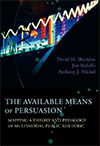
The Available Means of Persuasion:
Mapping a Theory and Pedagogy of Multimodal Public Rhetoric
David M. Sheridan, Jim Ridolfo, Anthony J. Michel
Parlor Press, 2012. Parlor Press | Amazon
Many have argued that we are seeing a shift to "multimodal rhetoric" — rhetoric that combines visual, aural, and other elements. In The Available Means of Persuasion, we attempt to tease out the implications of this shift specifically for public rhetorical practices. What are the implications of the fact that stakeholders can increasingly deliberate and advocate using not just words but photographs, animations, videos, and more?
In a blog companion to the book, I talk about examples of multimodal public rhetoric.
. . .
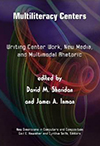
Multiliteracy Centers:
Writing Center Work, New Media, and Multimodal Rhetoric
David M. Sheridan and James A. Inman, Editors
Hampton Press, 2010. Hampton Press | Amazon
Writing centers have a long history of facilitating conversations between composers and knowledgeable peers. What happens if we expand the mission of writing centers to include twenty-first century forms of communication, like videos, web sites, podcasts, animations, and more?
selected chapters & articles

Digital Composing as a Distributed Emergent Process:
Technology-Rich Informal Learning Spaces and Learning Ecologies
David M. Sheridan
In James P. Purdy and Dànielle Nicole DeVoss, Editors
Making Space: Writing Instruction, Infrastructure, and Multiliteracies
Sweetland Digital Rhetoric Collaborative, University of Michigan Press, 2015
Multiliteracy centers and other technology-rich learning spaces serve as resouces for students working on multimodal compositions. In this chapter, I explore the way one such space — the RCAH Language and Media Center, which I direct — supports multimodal composing processes. I argue that the LMC functions as a hub within a larger learning ecology, connecting people, knowledge, technologies, and raw materials in ways that are only partially predictable. The composing process is distributed across multiple actors and spaces.
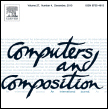
Fabricating Consent:
Three-Dimensional Objects as Rhetorical Compositions
David M. Sheridan
Computers and Composition, 2010.
Rapid prototyping technologies open up new ways for ordinary citizens to engage in fabrication. In makerspaces across the country, for instance, citizens are forming networks of people, spaces, and resources in order to exploit the potentials of 3D printers, laser cutters, and other old and new tools for produing material objects of various kinds — sculptures, furniture, clothes, key chains, backpacks, games, spare parts, and more. To what extent do these fabricated objects function as rhetorical compositions? What do they mean?
experiments

Click to Add Ideas
This strange video is the result of my decision to compose alongside my students after asking them to use video as a storytelling medium. I was fortunate enough to have this piece published in Kairos.
. . .
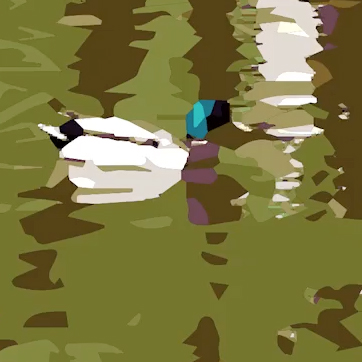
Rotoscope Experiment
This was my attempt to use Illustrator's trace function to create a rotoscope effect. I tracked down some helpful Yotube tutorials and adapted the process to suit my needs. This is part of a larger series of animations that I'm currently working on.
. . . . .
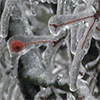
After the Ice Storm
This is a short video created from footage I captured with a Canon Vixia after a massive ice storm in December 2013. Soundtrack = my attempt to compose piano music.
. . .
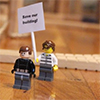
Welcome to Jenga City
My two sons and I made this video as a Christmas gift for their cousins.
.My
..
